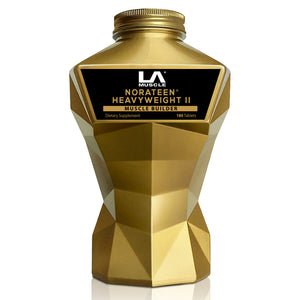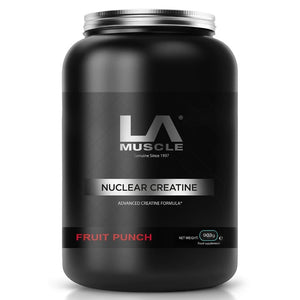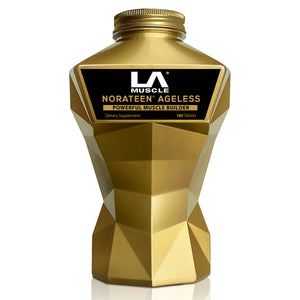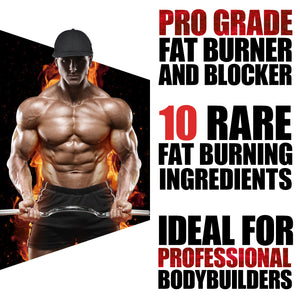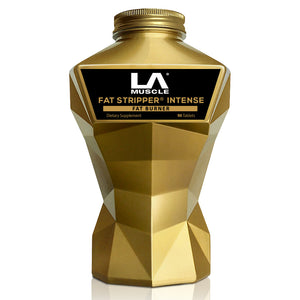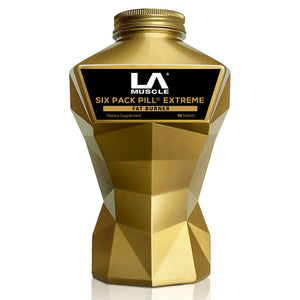When it comes to building bigger biceps, there’s no shortage of advice. Some swear by strict form, while others advocate for a more aggressive approach—cheating on bicep curls. The idea of “cheating” on an exercise can sound counterproductive, but when done correctly, it can stimulate greater muscle growth by allowing you to overload your biceps beyond their typical capacity.
Here’s a deep dive into how you can incorporate this controversial method into your routine effectively.
What is "Cheating" in Bicep Curls?
"Cheating" in the context of bicep curls means using momentum and body sway to assist in lifting a heavier weight than you normally could with perfect form. By leaning back slightly or driving with your hips, you reduce the tension on the biceps during the most difficult part of the lift, but you still force them to work harder than they would under strict form with lighter weights.
Cheating should be controlled and intentional. It’s not about completely throwing technique out the window but using it as a tool to break through plateaus and stimulate additional muscle growth.
How to "Cheat" on Bicep Curls Correctly
-
Choose the Right Weight
To effectively cheat, pick a weight that's 10-20% heavier than what you would typically use for strict form curls. This weight should still challenge your biceps but be manageable enough to keep your movements controlled. If you're swinging wildly, the weight is too heavy. -
Start with Strict Form
Begin the curl with perfect form—elbows pinned at your sides, shoulders relaxed, and core engaged. As you bring the weight up and the movement becomes more difficult (around the halfway point), you can start to introduce a slight lean back or hip drive to help the weight continue upward. -
Lean Slightly Back or Use Hip Drive
As you struggle to complete the rep, slightly lean back or give a small "kick" with your hips. This should only be a small movement—enough to get the weight up without compromising the integrity of the curl. Avoid excessive body movement or swaying, as this can shift focus away from the biceps. -
Control the Eccentric (Lowering) Phase
The key to making cheating curls effective is controlling the lowering phase. After cheating to lift the weight, slowly and deliberately lower it back down. This eccentric portion of the curl is where most muscle damage (and thus growth) occurs, so make it count.
Sets and Reps: Structuring Your Workout
For effective muscle growth, you want to hit the biceps with enough volume while giving them adequate time to recover.
-
Reps: Aim for 6–8 reps per set. Since you’re using a heavier weight, keeping the rep range low allows you to focus on strength and hypertrophy. The first few reps should be completed with strict form, with the last 2-3 involving controlled cheating.
-
Sets: Perform 3–4 sets of cheating curls. This volume will push your biceps to their limits without overtraining them.
-
Rest: Take about 60-90 seconds of rest between sets. This gives you enough time to recover without letting your muscles cool down completely.
How Often to Incorporate Cheating Curls
You should avoid using cheating curls every time you train biceps. Since you're lifting heavier weights and incorporating momentum, this technique can be taxing on your joints and muscles if overdone. Here’s how you can fit it into your training schedule:
-
Frequency: Use cheating curls 1-2 times per week, depending on how often you train your biceps. If you train biceps twice a week, make one of those sessions focused on strict form and the other on cheating curls.
-
Cycle in and out: Use this technique in phases. For example, incorporate cheating curls for 4-6 weeks, then return to strict form for the next cycle to allow your body to recover from the added stress.
Benefits of Cheating on Bicep Curls
-
Overload Your Biceps: Cheating allows you to overload the muscle by using a heavier weight than you normally could. This can lead to increased strength and hypertrophy, especially if you've hit a plateau with strict curls.
-
Stimulate Growth Through Eccentric Overload: By cheating to lift the weight, you can lower it under control during the eccentric phase, which has been shown to be more effective for muscle growth.
-
Break Through Plateaus: If you've been stuck lifting the same weight for weeks, cheating curls can help push you to the next level by shocking your muscles with heavier loads.
Potential Downsides
-
Risk of Injury: If you cheat too much or use excessively heavy weights, you risk injuring your lower back, shoulders, or biceps tendons. Always ensure that the weight is manageable and that your form remains as strict as possible during the movement.
-
Overreliance on Cheating: While cheating curls are an effective tool, they shouldn’t replace strict form entirely. If you rely too much on cheating, your strict strength may lag, and your overall bicep development could become imbalanced.
Final Thoughts: Is Cheating Right for You?
Cheating on bicep curls can be an effective way to build bigger, stronger arms if used correctly. This technique works best for intermediate to advanced lifters who have a solid foundation of strict curls and want to push through plateaus. If you’re a beginner, it’s better to focus on perfecting your form and gradually increasing your weights before trying this method.
The key to making cheating curls work is control. Use the cheat to push past your sticking point, but always control the eccentric and don’t let momentum take over. When done correctly, this technique can be a valuable addition to your bicep-building arsenal.




